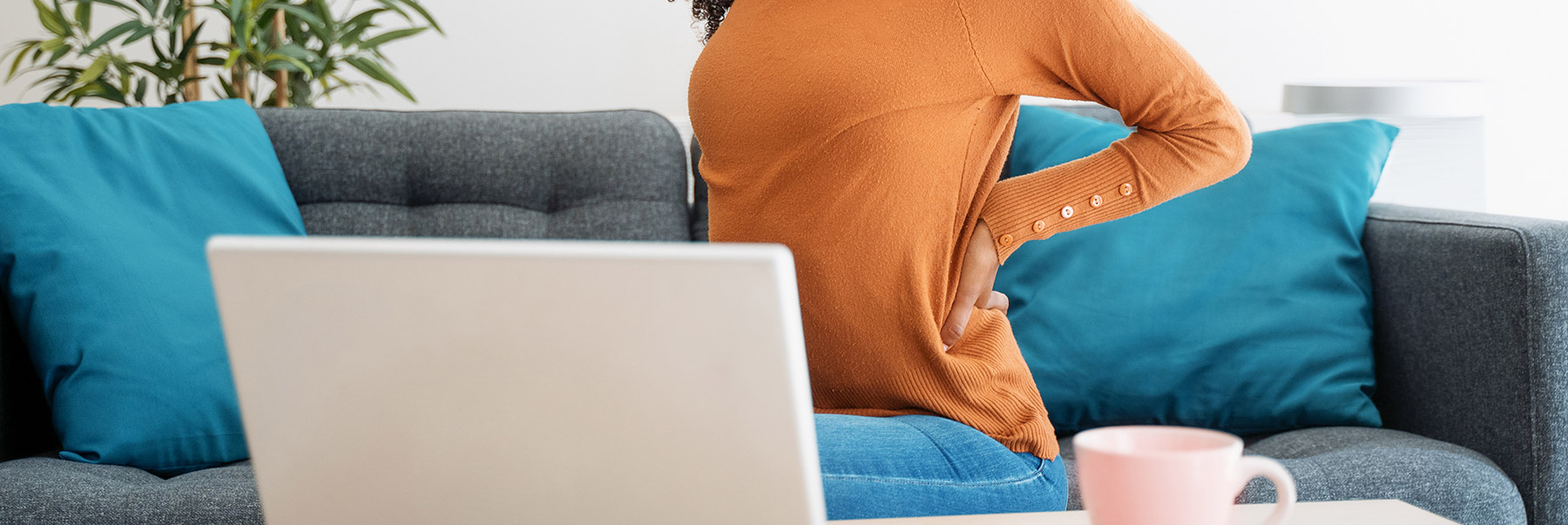Your Period: A Real Pain in Your Productivity

Menstruation is an integral part of life for women and adolescent girls, but there’s been little research about how it affects their work. Now a recent study of Dutch women sheds light on how period pain can impact productivity on the job and in school.
The survey of almost 32,750 women ages 15 to 45 — the largest of its kind — was published in the BMJ Open medical journal. Among its findings: period pain accounted for almost nine days of lost productivity for a woman in any given year. The researchers took into account both time off from work or school, what they called absenteeism, and time spent working or studying while feeling ill, which they termed presenteeism.
About 14 percent of the women surveyed had taken time off during their periods, with 3.5 percent saying this happened every, or almost every, cycle. These women missed 1.3 days per year on average. Women and girls under the age of 21 were around three times more likely than older women to say they had taken time off because of their menstrual symptoms.
But the real eye-opening figure was this:
Almost 81% of the respondents reported decreased productivity while working.
This lead the researchers to conclude that presenteeism was a bigger contributor to productivity loss than actual absences. Women told researchers they weren’t as productive as they could be while at work. Namely because they needed to use the bathroom almost every hour or because they had a headache and couldn’t concentrate.
Dr. Karla Maguire, a gynecologist and obstetrician with the University of Miami Health System, believes those calculations can apply to menstruating women in the U.S. as well, but she also cautions that much of this suffering doesn’t have to continue. “In this country,” she says, “we have a lot of resources for your period not to be so painful. This isn’t something women have to go through.”
What’s more, she worries that talk about productivity loss may hurt women in the workplace. “We get marginalized enough for maternity leave,” she adds. “This could just lead to more marginalization.”
Her concern is underscored by another finding of the BMJ study.
When women call in sick because of menstrual problems, only 1 in 5 told the real reason for their absence.
“I would imagine there’s embarrassment in calling it in, a fear that you’re going to be perceived as not being strong enough to do your work simply because of your gender,” Dr. Maguire says.
The most common symptoms she sees in her practice are abdominal cramps and heavy menstrual bleeding. But she also sees a spectrum of other issues, from migraines and nausea to cold sweats, irritability and sharp mood swings.
The study authors call for “more focus on the impact of these symptoms, especially in women aged under 21 years,” as well as “discussions of treatment options with women of all ages and, ideally, more flexibility for women who work or go to school.”
Dr. Maguire also has some immediate solutions for the all-too-common problem of period pain:
- Visit your gynecologist.
Some discomfort during menstruation is to be expected. But, “if it interferes with your life or job, if it’s causing distress, you should definitely go see your doctor,” she says. - Make sure your doctor runs tests to figure out if you suffer from primary dysmenorrhea, which is menstrual pains without disease, or secondary dysmenorrhea, which can have various physical causes such as fibroids, cysts, or endometriosis.
As many as 90% of women suffer from primary dysmenorrhea at some point. Knowing the cause of the cramping is important because it determines how the symptoms are treated. - Use a heating pad.
Some women also swear by warm baths and abdomen massages. - Begin taking ibuprofen as soon as you feel your cycle coming on.
“The idea is to start before the cramping begins,” Dr. Maguire says. - Take heart in the fact that your period — and the corresponding pain — can change over time.
Many women report a decrease of both flow and discomfort as they age. Studies have shown that “peak prevalence” of menstrual pain occurs in the late teens or early twenties.
“But you don’t have to suffer in silence,” Dr. Maguire adds. “There are a lot of treatments to make your life better, both hormonal and non-hormonal.”
Ana Veciana-Suarez, Guest Columnist

Ana is a regular contributor to the University of Miami Health System. She is a renowned journalist and author, who has worked at The Miami Herald, The Miami News, and The Palm Beach Post.
Tags: Dr. Karla Maguire, Menstruation
